Having a solid understanding of how a triode functions as a switch is essential for anyone working with electronics. The following eight examples provide a clear and visual explanation of the triode's switching capabilities. I would love to hear your thoughts and engage in a detailed discussion about each circuit.
1. Low Side Switch
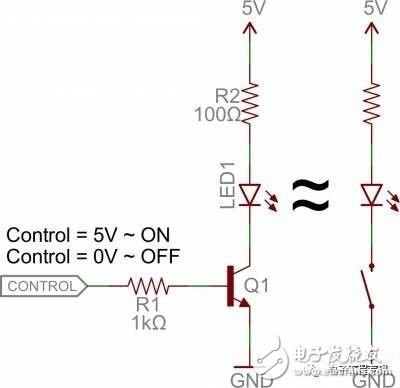
2. High Side Switch
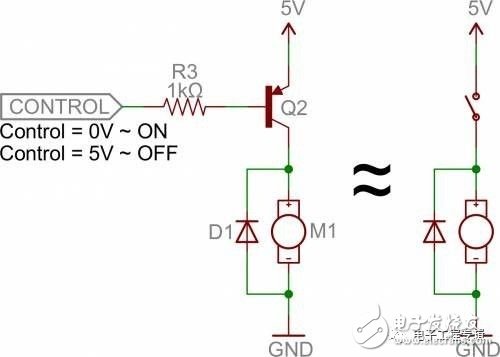
3. Base Resistor
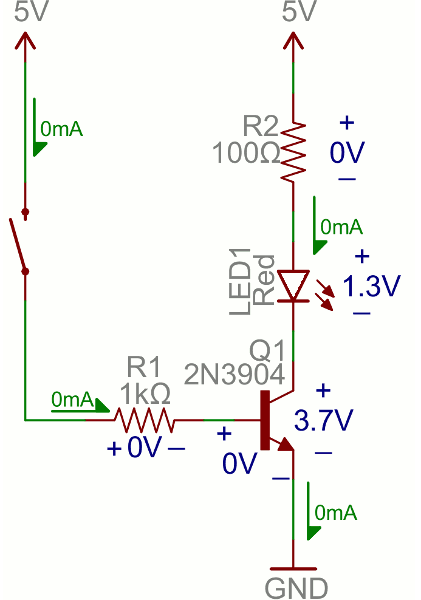
4. Non-Gate Circuit
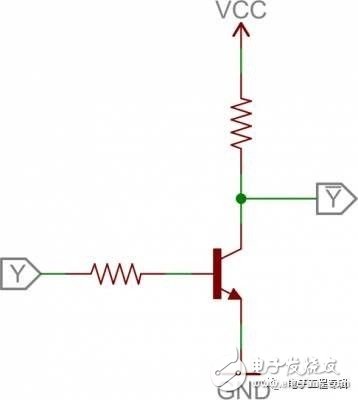
5. AND Gate
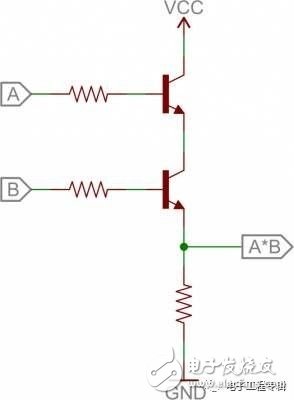
6. OR Gate
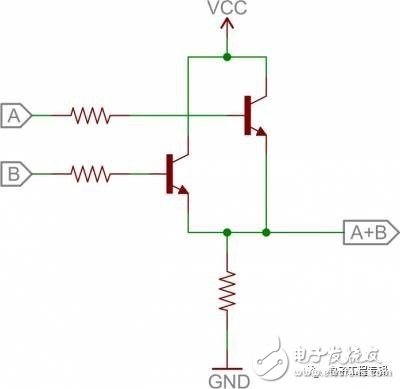
7. H-Bridge
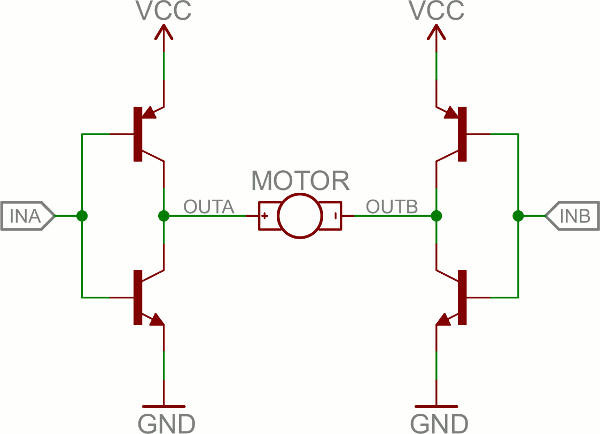

8. Oscillator
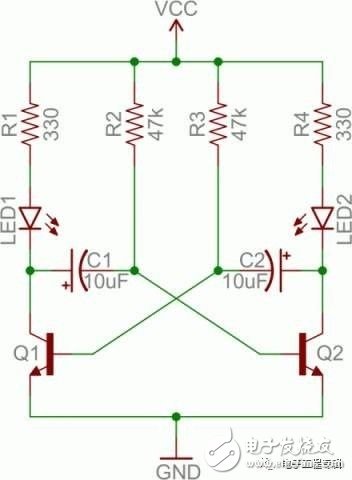
These circuits demonstrate how triodes can be used in various applications, from simple on/off control to more complex logic and signal generation. If you have any questions or want to dive deeper into any of these examples, feel free to share your insights and let’s explore them together!
Multi-channel amplifiers are specialized audio devices designed to drive multiple speakers or speaker systems simultaneously, delivering precise control over sound distribution in complex setups. They are widely used in home theaters, professional audio installations, automotive systems, and commercial venues, offering flexibility and scalability for diverse audio needs.
Working Principle:​
Â
Multi-channel amplifiers are essential for creating immersive, balanced audio environments, combining technical versatility with user-friendly design for both professional and consumer applications. ​
Enhanced Audio Separation and Immersion:By providing individual amplification for each channel, multi-channel amplifiers achieve unparalleled audio separation. This allows for a more accurate placement of sound elements in the audio field, creating a highly immersive listening experience.  ​
Flexible Configuration and Scalability:These amplifiers offer great flexibility in configuration. Users can easily adjust the settings for each channel, such as volume, tone, and balance, according to their specific needs. Moreover, many multi-channel amplifiers support modular designs, enabling seamless expansion. Â
Efficient Power Management:Leveraging the energy-efficient technologies of digital amplifier modules, multi-channel amplifiers optimize power usage across all channels. Even when handling multiple audio streams simultaneously, they maintain high efficiency, reducing energy consumption and heat generation.
Multi-channel amplifiers,2 channel power amplifier,2 channel amp,4 channel power amplifier,4 channel amp,5.1 surround amplifier
Guangzhou Aiwo Audio Technology Co., LTD , https://www.aiwoaudio.com